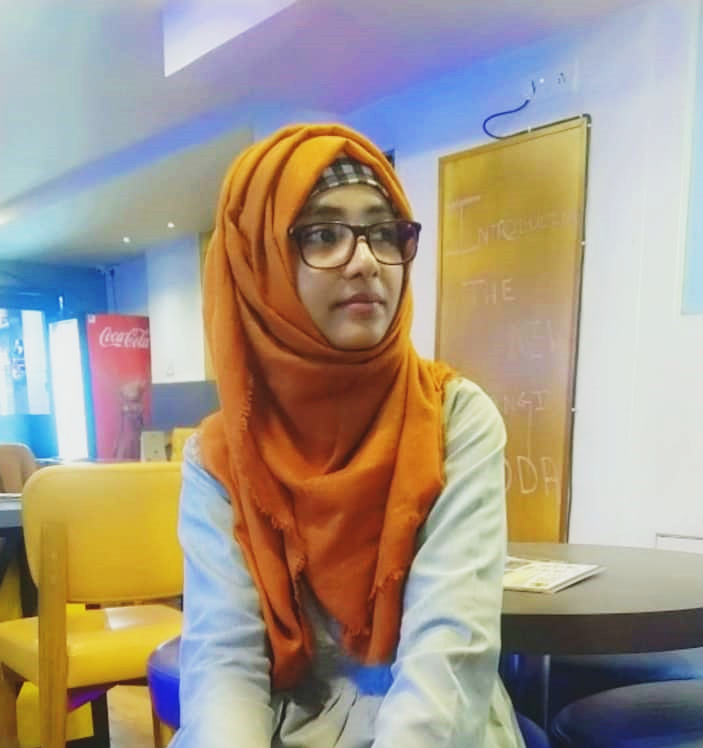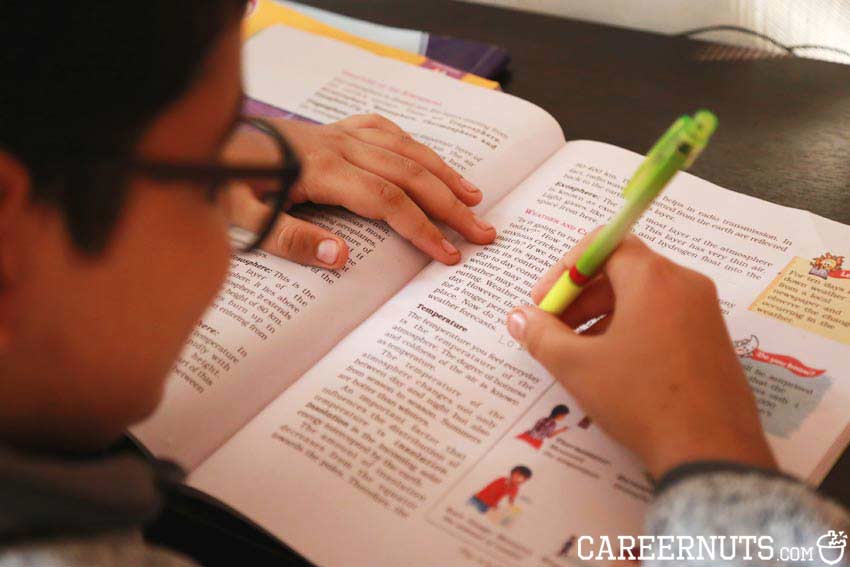Wondering how the new Indian education policy will impact the lives of students? Here are a few major changes along with a professor’s opinion on the policy.
In the mid of 2020, our government adopted a new education policy. This new Indian education policy brings about a major change in the education system. Through this policy, students will get a chance to explore a wide range of options. This will help them choose a better career with practical knowledge in many aspects. The government aims to prepare the young generation for a more competitive world so that they can compete with foreign students.
Need for Change
The new education policy will replace the 34 years old national policy on education 1986. Every nation has to adopt new changes. This helps to keep up with the changing world.
According to the previous policy, students are required to choose a stream after 10th standard (high school) and they cannot take up multiple subjects from different streams. This, in my opinion, caused a barrier as it didn’t allow students to explore multiple options outside the stream that was made for them by the education council.
Another reason why this change was necessary is because it gives students a degree or a certificate if they drop out of college before completing their graduation. This is valuable to students who want to drop out of college to pursue their career or change their stream. This was not possible according to the previous policy. The years spent in college were not considered valuable if the student dropped out of college. They were only considered 12th graduate (or high school/senior secondary).
The new Indian education policy also gives students a chance to get practical knowledge as it makes internships a part of the curriculum which was not seen previously. This will be very helpful to students as it will not only give them a chance to get more experience but also understand what they are studying in more detail.
The Old Education System in Brief
Our country has been following the old education policy for decades. According to it, the school system is divided into four levels. The primary level (age 5 to 10) that is pre- KG to grade 5, middle school (age 11 and 13) grade 6 – 8, secondary level (age 14 to 15) grade 9 – 10, and senior secondary level (age 16 and 17) grade 11 – 12.
After completing schooling, college is for 3-5 years. By the age of 21-23, students graduate from their college/university. They do not have the option to get their degree or diploma before completing their graduation.
The stream of subjects is mainly divided into 3 groups, Arts, Commerce, and Science. During senior high school, a student who takes up arts or humanities does not have the option to change their stream later. Students who take up commerce can change their stream to humanities (only limited subjects are available to choose from). However, science students have the flexibility to change their subjects into humanities or commerce.
New Indian Education Policy
Here is a list of few changes brought about in our education system.
Multidisciplinary Approach in 11th and 12th
The old system had subjects allocated for each stream that were very specific to the particular stream. The multidisciplinary approach gives students the freedom to choose any subject they like. This means that a student can choose history with physics or English with chemistry or even accounts with biology. It will not only give students a chance to choose subjects to their liking but also what they think will benefit them.
Some people might think that this is not a very appropriate path. In my opinion, having a few different subjects that do not form a direct part of the stream can be very beneficial as they will provide additional knowledge and skill. Besides, universities in U.K and USA have had a multidisciplinary approach for years and they have been performing well.
The age of 15-16 is too early to know what you want for life, and choosing a stream makes a definitive decision for students. For example, students who choose non- medical streams in high school can’t apply to a medical college, and so on. The new policy will enable students to try different things and delay this important decision to a more appropriate age.
Effects on Career Choices & Career Approach
Having the choice to choose subjects without restriction will help students gain knowledge about different fields. The new Indian education policy will also help them switch their course if they don’t enjoy what they are studying. They will know what they want to study next and can make the right decision without hesitation.
Multidisciplinary Approach in College
The new Indian education policy states that there are multiple exit options for students. It also specifies that the undergraduate degree will be three to four years duration. After completing one year, students will be eligible for a certificate, a diploma after two years, and a bachelor’s degree after three years. Thus students will prefer the four-year multidisciplinary bachelor’s program.
Options for Short – Duration Diploma
The new Indian education policy gives the students a chance to explore various options while choosing the right career path. Having multiple options will be very beneficial to students who exit college before getting their bachelor’s degree. Some students need to quit their college studies due to familial obligations, etc. Because of the older education policy, completing a year or two didn’t earn them any diploma, making them unqualified for desk jobs.
Through the new policy, they will receive either a certificate or a diploma that will show that they have studied for one or two years in college. Furthermore, students who are hesitant to leave college and start a career of their choice will now have the choice to do so.
The Opinion of a Teacher on the New System
Name of the teacher: Ayesha Iram
School she teaches in: Delhi Public School, Ruby Park
Q1. Is it a good change? Was it needed?
Okay so for NEP 2020 or the new Indian education policy, I would like to say that at the onset it looks to be a good change, though the full impact can be understood only after it has been enforced full-fledged for a year or two. But I do like the pre-schooling Anganwadi concept because I feel putting too much pressure on children for studies from a young age is not feasible. They must be made familiar with education in a playful and comfortable environment.
As regards to whether it was required or not, I am a firm believer of change. A revamp of existing policies for the betterment is required and it should happen on a regular basis.
Q2. How do you think it will benefit the students?
In my view the new Indian education policy is going to benefit the students because the world is fast moving into an era where you need to be knowledgeable in diverse areas, so giving due importance to extracurricular and co-curricular activities together with studies is definitely a good decision.
Q3. Anything you didn’t like about it or any new change you would want?
There is nothing that I don’t like but I would really love to have the higher education body allow students to do honors in more than one subject. This is one thing I believe has been long overdue.
Q4. Your overall view on the new policy?
Overall it’s a good plan hope so implementation is as good as well.
Read next:
Why Topper Students Fair Average in Real Life






